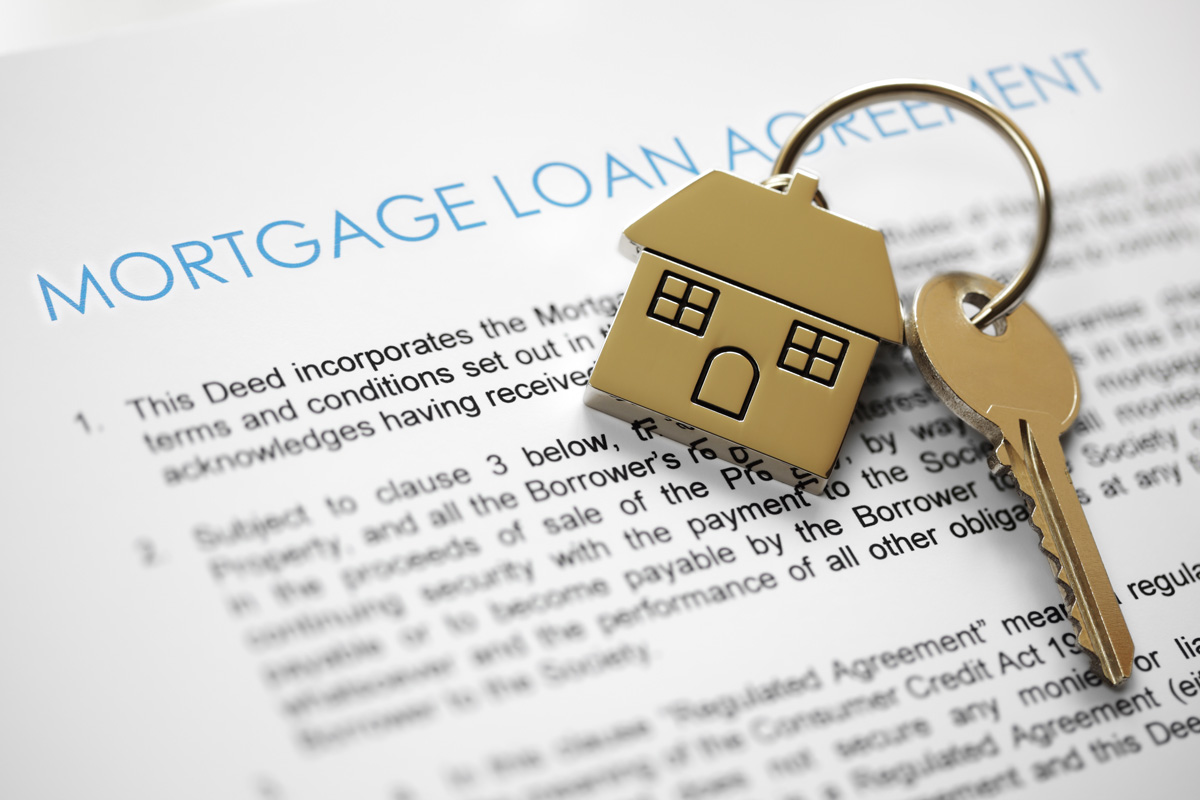Step-by-Step Process to Look For Conventional Mortgage Loans
Step-by-Step Process to Look For Conventional Mortgage Loans
Blog Article
The Necessary Elements to Consider When Finding In Between Fixed-Rate and Variable-rate Mortgage Fundings
When assessing home mortgage choices, consumers face an essential decision in between adjustable-rate and fixed-rate loans, each presenting prospective mistakes and unique advantages. Key considerations such as rates of interest stability, predictability in monthly repayments, and the implications of potential rate adjustments can considerably affect long-lasting financial wellness. Understanding the awaited period of homeownership and the overall price of borrowing can shape one's strategy. As these aspects link with specific financial circumstances and risk tolerance, the ramifications of this selection may not be as straightforward as they seem. What nuances should be focused on in this critical decision-making procedure?
Passion Price Stability
When picking a home loan, comprehending interest rate stability is vital for informed decision-making. Rate of interest rates can significantly impact the general cost of a home mortgage, and recognizing the nature of these rates is crucial for customers.
On the various other hand, variable-rate mortgages (ARMs) start with lower first prices that may transform periodically based upon market problems. While this can result in lower settlements originally, it additionally introduces unpredictability, as debtors may face raised repayments if interest rates climb. For those considering an ARM, it is vital to analyze the probability of price adjustments, the potential for repayment boosts, and the size of the first fixed-rate period.
Eventually, the option in between adjustable-rate and fixed-rate home mortgages rests on specific risk resistance and financial situations. Comprehending passion rate security aids borrowers make notified decisions that align with their long-term financial goals.
Monthly Repayment Predictability
While consumers usually prioritize rates of interest stability, the predictability of month-to-month settlements is equally important in the home mortgage selection process (Conventional mortgage loans). Regular monthly settlement predictability plays an important duty in budgeting and monetary preparation, as it directly influences a home owner's money flow and general financial health
Fixed-rate home mortgages use a consistent month-to-month settlement throughout the life of the funding, allowing debtors to anticipate and intend their costs successfully. This stability can be particularly useful for novice buyers or those on a fixed earnings, as it gets rid of the uncertainty related to rising and fall settlements.
Alternatively, variable-rate mortgages (ARMs) usually include reduced initial repayments that can transform in time, bring about prospective variability in monthly commitments. While originally enticing, this unpredictability can make complex monetary planning, particularly if customers do not make up future rate adjustments.
Possible Rate Changes
In the realm of adjustable-rate home mortgages (ARMs), prospective rate changes represent a significant variable that customers have to thoroughly think about. Unlike fixed-rate home mortgages, where the rates of interest continues to be the same for the life of the lending, ARMs are identified by changing interest rates that are tied to market indices. This irregularity can bring about significant adjustments in monthly settlements, influencing the borrower's financial planning and budgeting.
Debtors need to be conscious of the margin and index used to determine these changes, as they straight affect future interest rates. Additionally, ARMs frequently include caps that restrict just how a lot the interest rate can boost at each modification and over the life of the finance, which can offer some degree of defense versus extreme rate walks.
Comprehending these potential adjustments is essential for customers, as they directly influence long-term settlement commitments. As a result, evaluating personal financial circumstances and run the risk of tolerance is essential when choosing whether an ARM aligns with one's economic objectives.
Funding Term Considerations
Loan term factors to consider play a crucial function in the decision-making process for debtors picking in between adjustable-rate and fixed-rate home loans. The size of the car loan term dramatically influences monthly payments, rates of interest, and general financial preparation. Fixed-rate home loans usually supply terms of 15 to three decades, supplying stability in regular monthly repayments and predictability in budgeting. This can be especially appealing for consumers who prepare to stay in the exact same home long-lasting and like the certainty of fixed settlements throughout the life of the loan.

Inevitably, debtors must evaluate their personal conditions, economic goals, and market problems when evaluating the effects of loan term selections within each home mortgage kind.

General Price of Loaning
The general price of borrowing is an important factor that can significantly influence a consumer's selection in between adjustable-rate and fixed-rate mortgages. Fixed-rate home loans supply predictable month-to-month repayments, as the rate of interest stays continuous throughout the financing term. This predictability can result in reduced overall prices, specifically in a secure or decreasing rates of interest atmosphere. Debtors can budget plan efficiently, understanding their settlements will not vary.
On the other hand, variable-rate mortgages (ARMs) usually begin with reduced preliminary rates, resulting in reduced in advance costs. However, these rates can enhance after a preliminary duration, bring about possibly greater long-term prices. Debtors have to consider the regularity and extent of price changes, as well as the general financing duration, to precisely examine the monetary implications.
Moreover, the general expense of loaning incorporates not only rates of interest however additionally charges and various other associated prices, such as closing expenses and insurance straight from the source (Conventional mortgage loans). When examining home loan choices, borrowers should perform a complete expense evaluation over the life of the financing. By doing so, they can make an enlightened decision that lines up with their financial objectives and risk tolerance
Verdict
In final thought, picking in between fixed-rate and adjustable-rate mortgage necessitates mindful consideration of numerous crucial aspects. Rate of interest price stability and monthly settlement predictability are extremely important for effective budgeting, while the potential for price modifications in ARMs presents financial unpredictability. Additionally, the expected period of homeownership and the general price of loaning, including rates of interest and try this website associated costs, must straighten with individual economic scenarios and take the chance of resistance. Such a comprehensive evaluation will certainly promote educated decision-making in mortgage option.
Trick considerations such as interest price security, predictability in month-to-month settlements, and the implications of possible rate modifications can substantially affect long-term monetary health and wellness. Interest rates can substantially impact the general cost of a mortgage, and acknowledging the nature of these prices is crucial for customers. Unlike fixed-rate home loans, where the interest rate remains unchanged for the life of my explanation the funding, ARMs are characterized by changing passion prices that are tied to market indices. Additionally, ARMs often include caps that limit exactly how a lot the interest price can raise at each adjustment and over the life of the finance, which can give some level of defense against radical rate walkings.
Rate of interest rate stability and monthly settlement predictability are paramount for effective budgeting, while the capacity for rate modifications in ARMs presents financial uncertainty.
Report this page